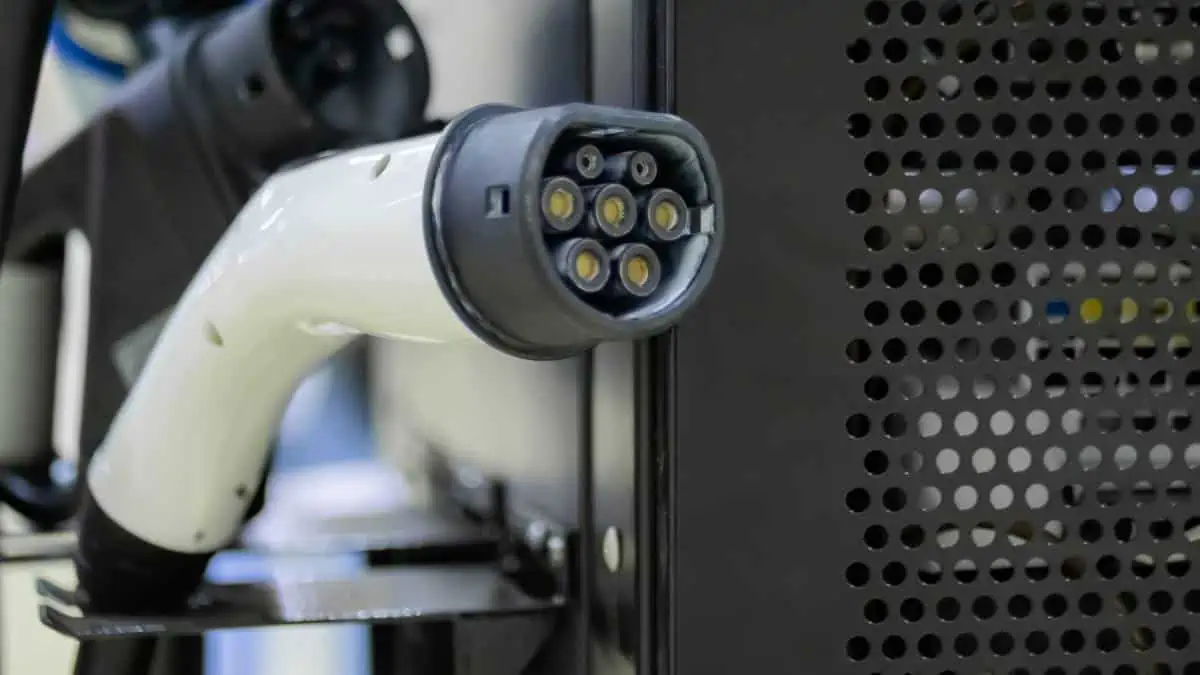The Tesla-funded battery research center at Dalhousie University discovered the possible cause of li-ion batteries‘ tendency to self-discharge.
It is worth noting that technologies utilizing li-ion batteries usually self-discharge over time, which is a common notion nowadays.
However, have you not ever wondered why it happens? The Dalhousie University’s researchers may now explain the concept with their recent discovery.
The study was entitled, “Reversible Self-discharge of LFP/Graphite and NMC811/Graphite CellsOriginating from Redox Shuttle Generation.” It was published on SCRIBD by Simon Alvarez.
Why do li-ion batteries self-discharges?
The Herzberg-Dahn chair and assistant professor in the Department of Physics and Atmospheric Science at Dalhousie University, Dr. Michael Metzger, observed that a commercial tape that keeps electrodes in li-ion batteries intact might have a significant role in the self-discharging process.
Dr. Metzger claims that the chemical decomposition of the commercial tape in the li-ion batteries generates certain molecules which cause the self-discharging process.
“In commercial battery cells, there is tape — like Scotch tape — that holds the electrodes together, and there is a chemical decomposition of this tape, which creates a molecule that leads to the self-discharge. In our laboratory, we do many highly complex experiments to improve batteries, but this time we discovered a very simple thing. It’s a very simple thing — it is in every plastic bottle, and no one would have thought that this has such a huge impact on how the lithium-ion cells degrade.”
Dr. Michael Metzger, Herzberg-Dahn chair and assistant professor in the Department of Physics and Atmospheric Science at Dalhousie University
Experiment results
Dr. Michael Metzger and his colleagues opened up many cells and subjected them to various temperatures to better understand li-ion battery cells and their self-discharging tendencies.
Interestingly, the research team was astounded to see that the electrolyte solution in the cell was a vibrant red color. The Tesla-funded team experimented further by putting cells containing a standard electrolyte solution into an oven set in four various temperatures.
The temperatures used in the experiment ranged from 25°C to 70°C. While the cell sample at 25°C stayed clear, the one at 55°C went pale brown, and the one at 70°C turned blood red. The scientists then carried out a chemical investigation to determine the electrolyte’s composition.
As it turned out, the team discovered that the commercial tape’s polyethylene terephthalate (PET) in the li-ion battery decomposes, which produces molecules causing the self-discharge process.
The said molecule is apparently called a “redox shuttle,” as it travels alternately between the negative and positive sides of the electrodes. Interestingly, no lithium should be moving when the li-ion battery is not in use. Yet, the shuttle molecule is constantly active in the background, causing the self-discharging process to occur.
“That’s when (the researchers) found that the polyethylene terephthalate, or PET, in the tape decomposes and creates the molecule that leads to the self-discharge. The molecule is called a redox shuttle because it can travel to the positive side of the electrode, then to the negative side and then back to the positive side. So, it shuttles between the electrodes and that creates the self-discharge, just like lithium is supposed to do. The problem is that the shuttle molecule is doing it all the time in the background, even when no lithium is supposed to move when the battery just sitting there.”
It’s something we never expected because no one looks at these inactive components, these tapes and plastic foils in the battery cell but it really needs to be considered if you want to limit side reactions in the battery cell.”
Dr. Michael Metzger, Herzberg-Dahn chair and assistant professor in the Department of Physics and Atmospheric Science at Dalhousie University






